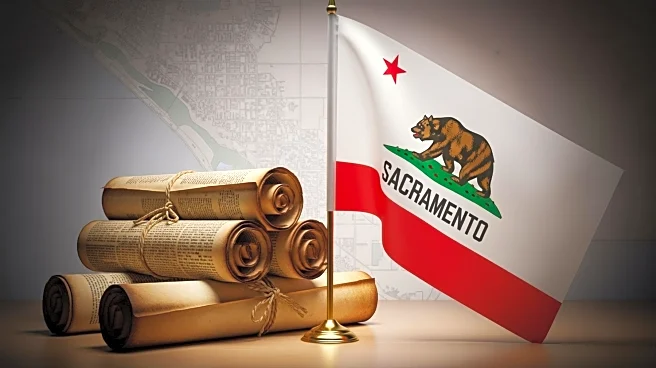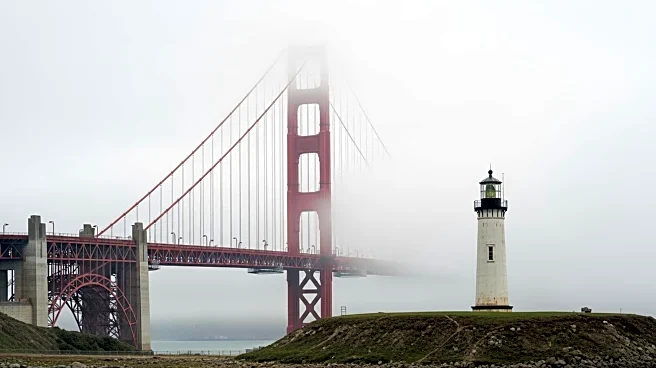Sacramento, the capital city of California, is located at the confluence of the Sacramento and American Rivers in the Sacramento Valley. It is the fourth-most populous city in Northern California and the sixth-most
populous city in the state, with a population of 524,943 at the 2020 census. The Sacramento metropolitan area, with 2.46 million residents, is the 27th-largest metropolitan area in the United States. Sacramento is the seat of the California Legislature and the governor of California, making it a major center for the state's healthcare industry and home to institutions like Sutter Health and UC Davis Medical Center.
First Peoples & First Mentions
Before the arrival of the Spanish, the area was inhabited by the Nisenan, Maidu, and other indigenous peoples of California. In 1808, Spanish cavalryman Gabriel Moraga surveyed and named the Río del Santísimo Sacramento, after the Blessed Sacrament. The area was later colonized by Swiss-born Mexican citizen John Augustus Sutter, who established Sutter's Fort and the settlement at Rancho Nueva Helvetia in 1839.
Explorers, Missions & Colonial Outposts
The Spanish period saw the naming of the Sacramento Valley and River by Gabriel Moraga. John Sutter Sr. arrived in the area in 1839 with a Mexican land grant and established Sutter's Fort. The fort became a regular stop for immigrants heading west, and Sutter's agricultural endeavors laid the foundation for Sacramento's growth.
From Empire to Nation: Transfers of Rule
Following the American Conquest of California and the 1848 Treaty of Guadalupe-Hidalgo, Sacramento began to develop rapidly. The city was incorporated in 1850, and by 1854, it became the permanent state capital. The construction of the California State Capitol began in 1860 and was completed in 1874, solidifying Sacramento's status as the political center of California.
Rails, Roads & River Landings: Corridors That Sited Sacramento
Sacramento's strategic location made it a key transportation hub. It was designated as the western terminus of the Pony Express and later became a terminus of the First transcontinental railroad, which began construction in Sacramento in 1863. The city's control over commerce on the Sacramento and American Rivers contributed to its economic success, and public works projects were funded through taxes on goods transported via these waterways.













